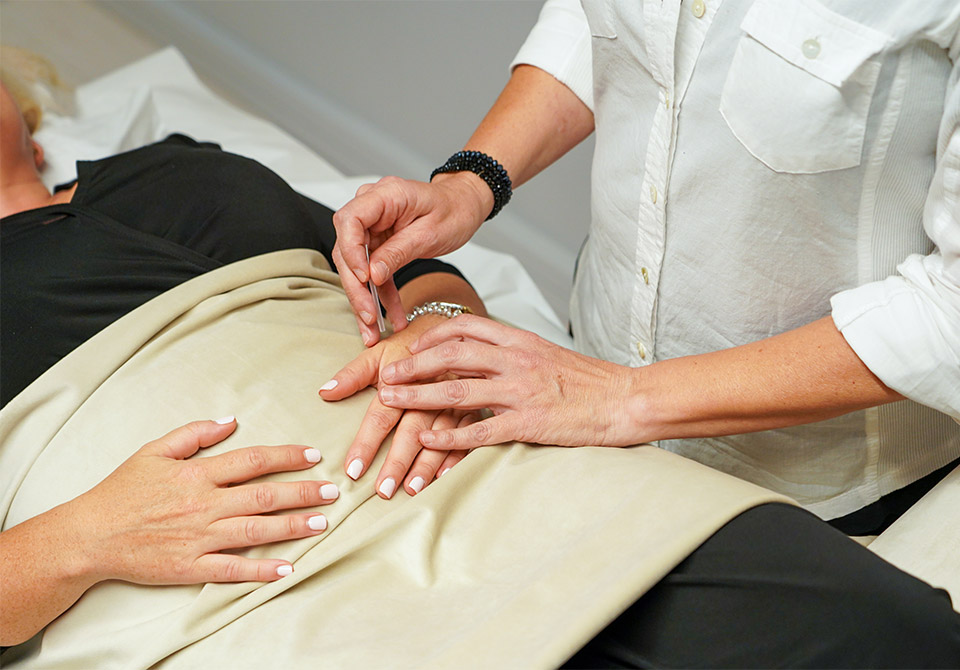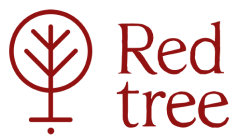RED TREE
Health
Chronic illness affects 6 out of 10 people in the Western world today, impacting the quality of life for them and their loved ones.
Whether you have recently been diagnosed with a chronic medical condition or have been struggling to manage one for a long time, complementary and alternative medical treatments can be beneficial to you on your healing journey. Conventional allopathic medicine focuses on treating specific symptoms and offers interventions such as pharmaceuticals, physical therapy, and surgeries.
Red Tree Method focuses on identifying and treating the root cause of chronic illness through natural, non-invasive procedures and therapies and it is designed to work alongside conventional medicine. My central focus is holistic and provides a natural path for treatment and prevention.


Red Tree Method has been
beneficial for conditions such as:
- Digestive issues (e.g. dyspepsia, IBS, constipation, diarrhoea, gastritis)
- Allergies (e.g hay fever, allergic rhinitis)
- Skin Conditions (e.g. acne, eczema, urticaria)
- Acute and Chronic Pain (e.g. headache, migraine, low back pain, neck / shoulder pain, musculoskeletal pains)
- Menstrual complains (e.g premenstrual syndrome, irregular, painful periods)
- Menopause
Choose a
Treatment
Typical
Questions
Does Acupuncture Hurt?
Acupuncture involves inserting thin needles into specific points on the body to stimulate energy flow, or "qi," and promote healing. These needles are typically hair-thin, and the insertion process is often painless when performed by a skilled practitioner. While acupuncture is generally considered to be a low-pain or painless procedure, some sensations may be experienced:- Tingling: Clients often report sensations of tingling or warmth around the insertion site, which is a sign that the treatment is working.
- Pressure: A feeling of pressure or heaviness may occur during needle insertion, but it should not be painful.
- Dull Ache: Occasionally, a dull ache or soreness may be felt around the needle site during or after treatment. This is usually temporary and fades quickly.
- Relaxation: As the session progresses, it's common to experience deep relaxation and even a sense of euphoria. This is a sign that your body is responding positively to the treatment.
